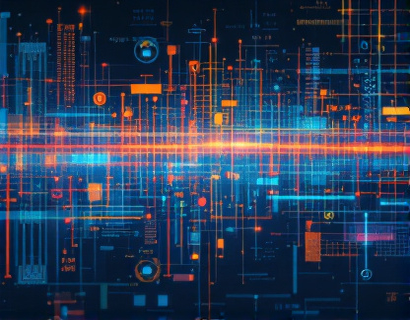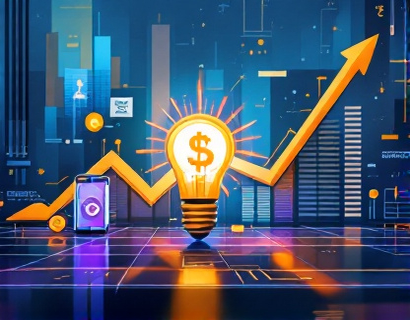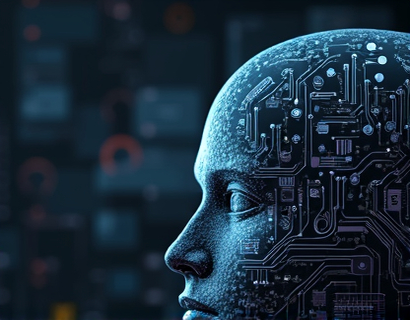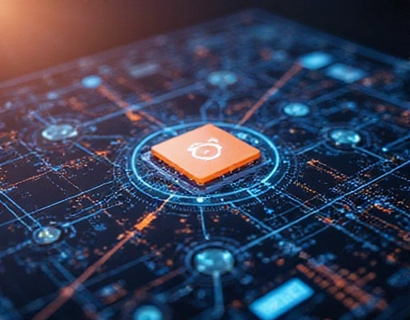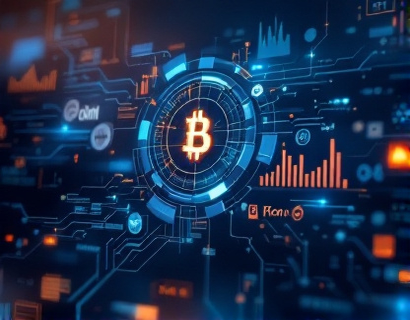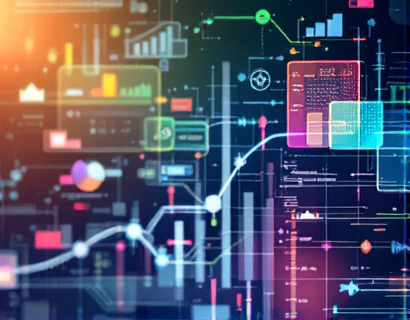Revolutionizing Digital Asset Management: The Power of Decentralized dApps for Cross-Blockchain Conversion
The landscape of blockchain technology is rapidly evolving, with new applications and innovations emerging regularly. One of the most significant challenges in this space is the interoperability between different blockchains. Digital assets created on one blockchain often cannot be directly used on another, necessitating complex and sometimes costly conversion processes. A groundbreaking decentralized application, often referred to as a dApp, is changing this paradigm by streamlining the cross-blockchain conversion of digital assets. This article delves into the intricacies of this revolutionary dApp, highlighting its capabilities, benefits, and the transformative impact it has on blockchain professionals and digital asset managers.
Understanding the Need for Cross-Blockchain Asset Conversion
The blockchain ecosystem is fragmented, with numerous platforms each having its own unique features and token standards. Ethereum, for instance, uses ERC-20 tokens, while Binance Smart Chain employs BEP-20. This fragmentation creates silos, limiting the fluid movement of digital assets across different blockchains. For blockchain professionals and digital asset managers, this means managing multiple wallets, understanding various technical requirements, and often incurring additional fees for conversion services. The need for a seamless and efficient solution to convert digital assets across blockchains is evident.
Introducing the Decentralized Solution
The introduced dApp is a decentralized platform that operates on the principles of blockchain technology itself. It leverages smart contracts and decentralized networks to facilitate the conversion of digital assets without the need for intermediaries. This approach not only reduces costs but also enhances security and transparency. The dApp is designed to be user-friendly, allowing individuals and organizations to convert their assets with minimal effort and maximum efficiency.
Key Features of the Decentralized dApp
- Cross-Blockchain Compatibility: The dApp supports a wide range of blockchains, ensuring that digital assets can be converted between virtually any pair of blockchains. This universal compatibility is a significant advantage over traditional conversion methods that are often limited to specific platforms.
- Smart Contract Integration: By utilizing smart contracts, the dApp automates the conversion process, reducing the risk of human error and ensuring a smooth transaction flow. Users can set up conversion rules and parameters directly within the smart contract, providing a high degree of customization.
- Decentralized Governance: The dApp operates on a decentralized network, meaning there is no central authority controlling the conversion process. This governance model ensures that the platform remains resilient to censorship and manipulation, maintaining the integrity of the asset conversion process.
- Real-Time Updates: The dApp continuously monitors blockchain networks for the latest updates and changes in token standards. This ensures that the conversion process is always up-to-date and compatible with the latest blockchain protocols.
How the dApp Works
The process of converting digital assets using the dApp is straightforward and can be broken down into several key steps:
1. Asset Selection: Users begin by selecting the digital assets they wish to convert. The dApp supports a wide variety of tokens and coins, ensuring broad applicability.
2. Destination Blockchain Choice: Users choose the blockchain on which they want to transfer the converted assets. The dApp's comprehensive database ensures that any valid blockchain can be selected.
3. Smart Contract Interaction: The conversion process is initiated through a smart contract. Users interact with the smart contract by providing the necessary parameters, such as the amount to convert and any specific conversion rules.
4. Conversion Execution: Once the smart contract is deployed and parameters are set, the conversion process begins. The dApp automatically handles the necessary transactions, ensuring that the assets are transferred seamlessly from the source blockchain to the destination blockchain.
5. Confirmation and Completion: After the conversion is complete, users receive a confirmation notification. They can then access their converted assets on the target blockchain, ready for use.
This streamlined process not only saves time but also reduces the complexity and potential risks associated with manual conversions.
Benefits for Blockchain Professionals and Digital Asset Managers
The introduction of this decentralized dApp brings numerous advantages to blockchain professionals and digital asset managers:
Enhanced Efficiency
The automation provided by the dApp significantly reduces the time and effort required for cross-blockchain asset conversion. Professionals can manage multiple conversions simultaneously, improving their overall productivity and allowing them to focus on more strategic tasks.
Cost Reduction
By eliminating intermediaries and reducing the need for manual intervention, the dApp lowers the costs associated with asset conversion. This makes it an attractive solution for both individuals and organizations looking to optimize their blockchain operations.
Increased Security
Smart contract-based transactions are inherently secure and transparent. The decentralized nature of the dApp minimizes the risk of hacking and fraud, providing users with a higher level of security for their digital assets.
Greater Flexibility
The dApp's support for a wide range of blockchains and token standards offers unparalleled flexibility. Users can convert assets between any pair of blockchains without worrying about compatibility issues, making it an ideal solution for a diverse portfolio of digital assets.
Improved User Experience
The user-friendly interface and intuitive design of the dApp make it accessible to users with varying levels of technical expertise. This democratizes access to cross-blockchain asset conversion, empowering a broader audience to leverage the benefits of decentralized blockchain technology.
Case Studies and Real-World Applications
To better understand the impact of this decentralized dApp, let's explore a few real-world scenarios where it has been successfully implemented:
1. Cross-Chain Trading Platforms: Trading platforms that support multiple blockchains can integrate the dApp to allow users to convert assets seamlessly between different chains. This enhances the user experience and expands the platform's reach.
2. DeFi Protocols: Decentralized finance (DeFi) protocols can utilize the dApp to enable users to move assets between various DeFi platforms without the hassle of manual conversions. This promotes liquidity and accessibility in the DeFi space.
3. NFT Marketplaces: NFT marketplaces can use the dApp to allow buyers and sellers to convert NFTs between different blockchains, broadening the market and increasing transaction volumes.
These applications demonstrate the versatility and practicality of the dApp in real-world blockchain scenarios.
Challenges and Future Developments
While the dApp offers significant advantages, there are still challenges to address:
Scalability
As the number of users and transactions increases, ensuring the dApp's scalability becomes crucial. Developers are continuously working on optimizing the smart contracts and network infrastructure to handle high volumes of traffic efficiently.
Regulatory Compliance
Navigating the regulatory landscape is essential for the widespread adoption of decentralized dApps. Compliance with varying international regulations will be key to ensuring the platform's legal operation and user trust.
User Education
Educating users about the benefits and proper usage of the dApp is vital. Providing comprehensive documentation, tutorials, and support resources will help users fully leverage the platform's capabilities.
Looking ahead, the future of cross-blockchain asset conversion is promising. Enhancements in blockchain technology, such as layer 2 solutions and interoperability protocols, will further bolster the dApp's performance and functionality. The ongoing development of standards like Polkadot and Cosmos will also play a crucial role in facilitating seamless cross-chain interactions.
Conclusion
The introduction of this decentralized dApp represents a significant leap forward in the blockchain ecosystem. By streamlining cross-blockchain asset conversion, it addresses a critical pain point for blockchain professionals and digital asset managers. The platform's efficiency, security, and flexibility make it an indispensable tool in the evolving world of blockchain technology. As the ecosystem continues to grow and mature, solutions like this dApp will play a pivotal role in shaping the future of digital assets and blockchain applications.




